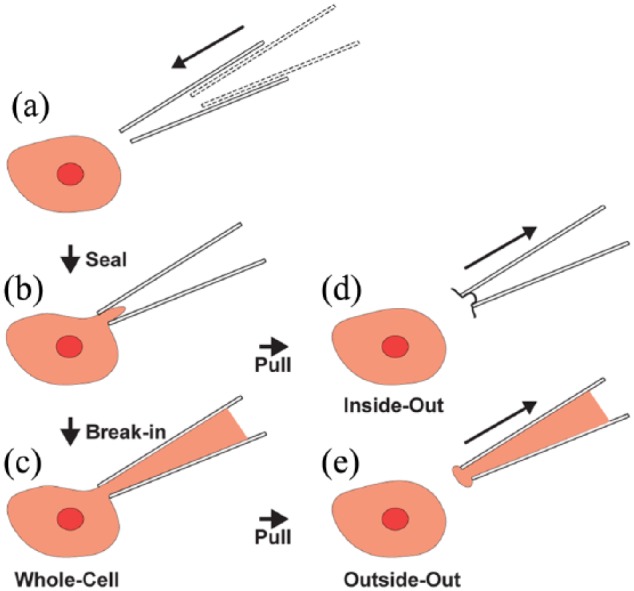Patch clamp electrophysiology has reworked evaluation in the life sciences over the last few a few years. Since their inception, automated patch clamp platforms have superior considerably, demonstrating the aptitude to deal with every voltage- and ligand-gated channels, and displaying the potential to play a pivotal operate in drug discovery and biomedical evaluation.
Unfortunately, the cell suspension assays to which early packages had been restricted can’t recreate biologically associated cellular environments, or seize bigger order options of synaptic physiology and neighborhood dynamics.
In vivo patch clamp electrophysiology has the potential to yield further biologically difficult knowledge and be notably useful in reverse engineering the molecular and cellular mechanisms of single-cell and neighborhood neuronal computation, whereas capturing needed options of human sickness mechanisms and potential therapeutic strategies.
Unfortunately, it is a powerful course of with a steep finding out curve, which has restricted dissemination of the strategy. Luckily, in vivo patch clamp electrophysiology seems considerably amenable to robotic automation.
In this evaluation, we doc the occasion of automated patch clamp know-how, from early packages based mostly totally on multi-well plates by to automated planar-array platforms, and trendy robotic platforms in a position to performing two-photon targeted whole-cell electrophysiological recordings in vivo.

A Graph Regularized Generalized Matrix Factorization Model for Predicting Links in Biomedical Bipartite Networks.
Predicting potential hyperlinks in biomedical bipartite networks can current useful insights into the prognosis and remedy of difficult sicknesses and the discovery of novel drug targets. Computational methods have been proposed these days to predict potential hyperlinks for various biomedical bipartite networks.
However, present methods are sometimes rely on the safety of acknowledged hyperlinks, which might encounter difficulties when dealing with new nodes with none acknowledged hyperlink knowledge.In this analysis, we advise a model new hyperlink prediction approach, named graph regularized generalized matrix factorization (GRGMF), to ascertain potential hyperlinks in biomedical bipartite networks.
First, we formulate a generalized matrix factorization model to make the most of the latent patterns behind observed hyperlinks. In express, it might think about the neighborhood knowledge of each node when finding out the latent illustration for each node, and the neighborhood knowledge of each node can be found adaptively.
Second, we introduce two graph regularization phrases to draw assist from affinity knowledge of each node derived from exterior databases to spice up the coaching of latent representations. We conduct in depth experiments on six precise datasets.
